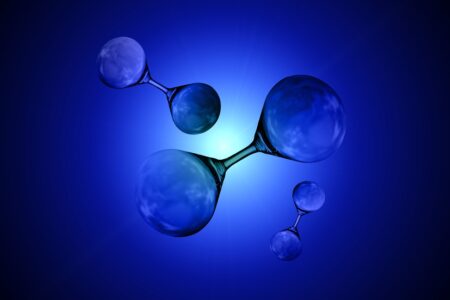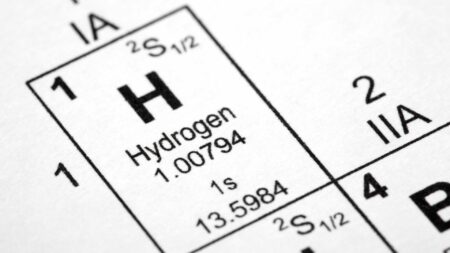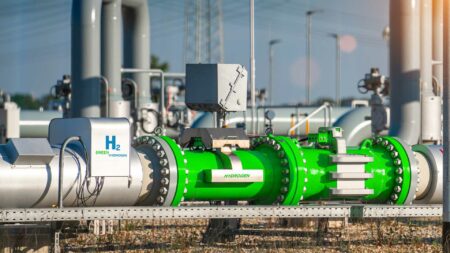The photopyrolysis of biomass to produce hydrogen has been developed by researchers at the Ecole Polytechnique Fédérale de Lausanne (EPFL, Switzerland).
The biomass is treated with a xenon lamp, which is frequently used to cure metallic ink used in printed electronics.
The white flash is a short-pulse, high-power energy source that initiates photothermal processes that convert biomass to synthesis gas, which can be used to separate pure hydrogen and charcoal. On banana peels, maize cobs, orange peels, coffee beans, and even coconut shells, scientists demonstrated their expertise. It is effective! for every kilogram of dried biomass, around 100 liters of hydrogen and 330 grams of biochar can be generated.
The flash of a xenon lamp turns the biomass to synthesis gas, which may be used to separate pure hydrogen and charcoal.
A global research team lead by Kyoto University academics has devised a solar-powered tower system for decomposing biomass (wood chips). Heliostats, or moving mirrors, focus the sun’s rays on a receiver atop the tower. There, the temperature surpasses 1,000 degrees Celsius. The heat is transported to the gasifier, where it is used to rapidly heat a vessel filled with wood chips in the absence of oxygen.
The wood chips do not burn but are transformed to a mixture of hydrogen-rich gases. If there is little or no sunshine, the entire structure can be heated using wood, oil, or uranium. According to the authors of an article published in the International Journal of Hydrogen Energy, this machine will emit only 1.04 kilograms of CO2 every kilogram of hydrogen produced: the lowest value of any contemporary technology.
Finally, there is a report that was recently published in Nature Energy. Scientists from Kyoto University described an enhanced membrane that simplifies and lowers the cost of hydrogen generation. The researchers reinforced nanodiamonds’ conventional graphite oxide membrane, increasing its ability to trap water molecules while allowing hydrogen atoms to pass freely. According to the technology’s creators, nanodiamonds have potential applications beyond hydrogen production. Controlling moisture is also critical in a variety of other industries, including pharmaceuticals, semiconductor production, and lithium-ion batteries. And membrane technology has the potential to revolutionize air conditioning.








